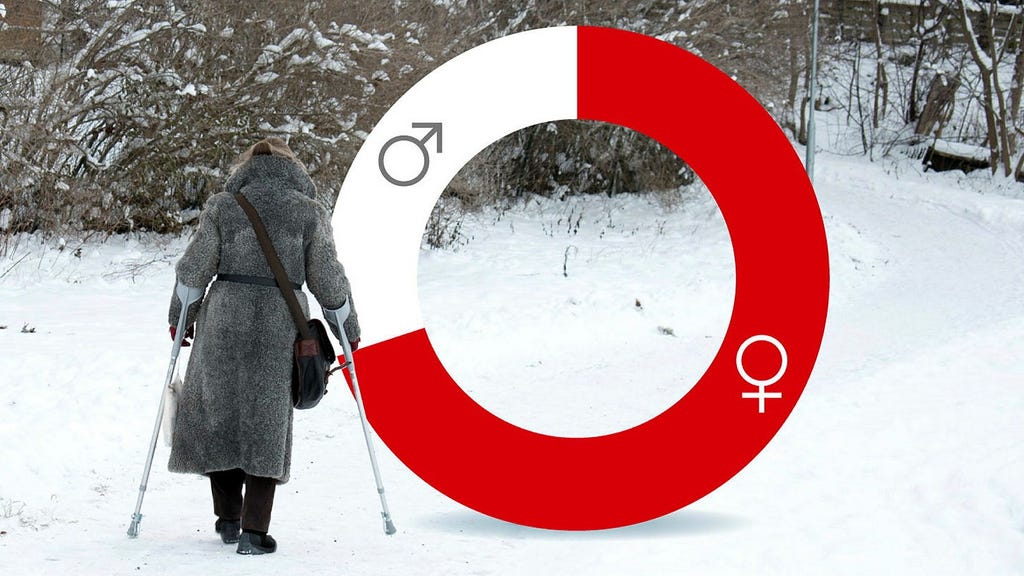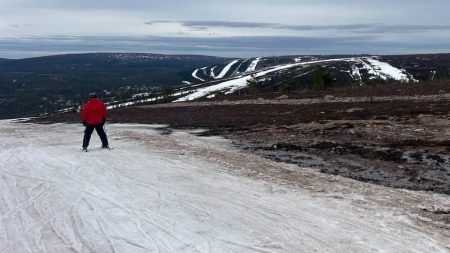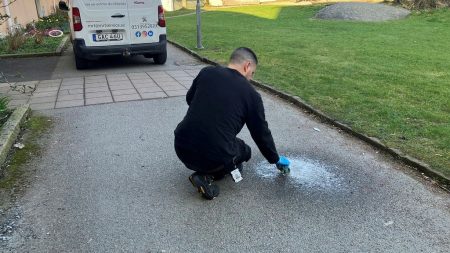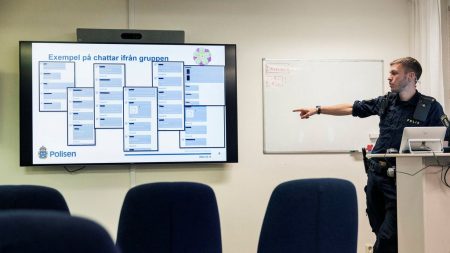Paragraph 1: Slipping Hazard in Finland and the Rise of Pedestrian Weather Forecasts
Finland, during its frigid January days, often faces widespread icy conditions, posing a significant risk to pedestrians. The Finnish Meteorological Institute in Helsinki issues detailed weather maps highlighting these risks, using symbols of slipping pedestrians within yellow warning zones spanning the country. This visual representation emphasizes the potential danger and encourages public awareness. These pedestrian-focused weather forecasts empower individuals to make informed decisions about their outings, such as choosing appropriate footwear or opting to stay indoors altogether. Jani Parviainen, head of the severe weather service at the Institute, underscores the importance of this public access to warnings for promoting safety during icy periods.
Paragraph 2: Defining "Very Slippery" Conditions and the Challenges of Forecasting
The concept of "pedestrian weather" has emerged to address the specific vulnerabilities of those traveling on foot. "Very slippery" conditions arise when snow falls on existing ice, when rain freezes on icy surfaces, or when packed snow experiences near-freezing temperatures. These conditions are classified as extreme and occur between five and fifteen times per year in any given Finnish municipality. Predicting these events is a complex task, with forecasts only reliable up to two days in advance. However, as climate change continues to influence weather patterns, accurate and timely forecasts become increasingly critical. Jani Parviainen highlights the growing importance of these predictions in mitigating risks associated with slippery conditions.
Paragraph 3: Sweden’s Focus on Pedestrian Slip and Fall Accidents
Sweden, similar to Finland, has recognized the significance of pedestrian slip and fall accidents, particularly after revisions in accident data collection. The Swedish Transport Agency’s updated statistics now include pedestrian incidents within road traffic environments, revealing the vulnerability of pedestrians. Annually, approximately 3,400 single-pedestrian accidents occur, with 99% attributed to falls. More than half of these falls are linked to icy conditions. Khabat Amin, a statistician and traffic safety analyst at the Transport Agency, notes the historical difficulty in classifying fall accidents within traditional traffic accident definitions, as they typically do not involve vehicles.
Paragraph 4: National Goals and Demographic Trends in Pedestrian Falls
Recognizing the seriousness of this issue, Sweden has implemented a national goal, supported by various traffic agencies, to reduce fall accidents by 25% between 2020 and 2030. Highlighting the importance of this initiative, Khabat Amin emphasizes that fall accidents represent a significant portion of severe injuries in traffic environments, making their inclusion in national statistics and targeted reduction efforts crucial. Demographically, individuals aged 55 and older, particularly women, are disproportionately affected by these accidents. This trend resonates with 85-year-old Barbro Olsson, who notes how icy conditions can lead to isolation among older adults, particularly women who are more likely to walk to shops and other local amenities.
Paragraph 5: Shifting Focus from Vehicles to Pedestrians and the Need for Enhanced Safety Measures
Traffic consultant Svante Berg, who conducted a study linking fall accidents and municipal maintenance for the Swedish Transport Administration, believes that increased attention to pedestrian falls is long overdue. He criticizes the historical "car-centric" focus in traffic safety, particularly during icy conditions, pointing out that while drivers are relatively protected in modern vehicles, hospitals witness a surge in pedestrian injuries during such periods. Maria Krafft, traffic safety director at the Swedish Transport Administration, supports the focus on fall accidents, highlighting their implications for fairness, gender equality, and mobility for the elderly.
Paragraph 6: Ongoing Efforts and International Collaboration in Pedestrian Safety
The Swedish Transport Administration has actively promoted the development of slip-resistant footwear standards. Despite these efforts, fall accidents have not yet decreased. New initiatives, including a research project funded by the Transport Administration, are exploring the development of a warning system based on weather forecasts, mirroring similar systems used in Finland. Finland’s pedestrian forecasts are integrated into news reports and offer localized mobile alerts, proving particularly useful in areas with fluctuating temperatures around zero degrees Celsius. Jani Parviainen suggests that such systems could be even more beneficial in regions of Sweden with similar climatic conditions. This exemplifies the ongoing international collaboration and knowledge-sharing in addressing the shared challenge of pedestrian safety during wintery conditions.














